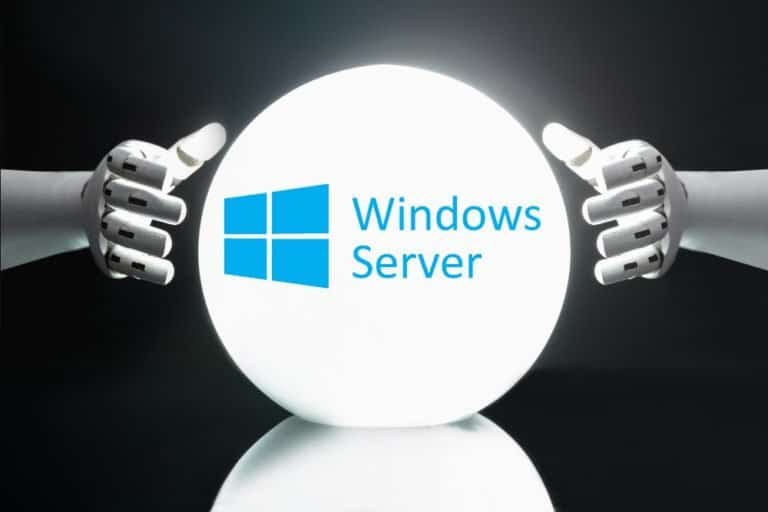The new service now offers extended support for 10 years.
Microsoft this week released a new version of Windows Server, Windows Server 2022 LTSC. The new Server release does not really need the LTSC descriptor anymore,. Indeed, Microsoft announced earlier this year that all future Windows Server releases would be long-term servicing channel releases.
Windows Server 2022 is available only as an LTS release. This is because Microsoft has now abandoned the semi-annual channel with support for 18 months.
So, Windows Server 2022 LTSC will offer ten years of support. Five of those years with mainstream support, and the remaining five years with extended support. The main difference between the support phases is that Microsoft limits extended support to security and bug fix updates. Mainstream support may introduce new functionality to the Server version as well.
The operating system reports itself as version 21H2, which aligns with the next feature update for Windows 10. This is different from Windows 11, where the build numbers begin 22000.
Azure editions lead the pack with new features
Windows Server 2022 is available in three editions: Windows Server 2022 Standard, Windows Server 2022 Datacenter and Windows Server 2022 Datacenter: Azure Edition.
New features in Windows Server include secure DNS-over-HTTPS, stronger encryption (up to AES-256-GCM and AES-256-CCM) for SMB (Server Message Block), used for Windows file shares, and nested virtualization on AMD processors (previously only available for Intel CPUs).
Nested virtualization enables the Hyper-V platform. This service runs a virtual machine as with Windows Subsystem for Linux. New container features improve Windows Server for running Azure Kubernetes Service.
Special Azure editions of Windows Server 2022 offer the most interesting new features.. These are also available for Azure Stack HCI, a subscription version of the operating system. Exclusive features include Hotpatch, which lets admins apply patches without rebooting, and SMB over QUIC, for secure access to shared files over the internet.
